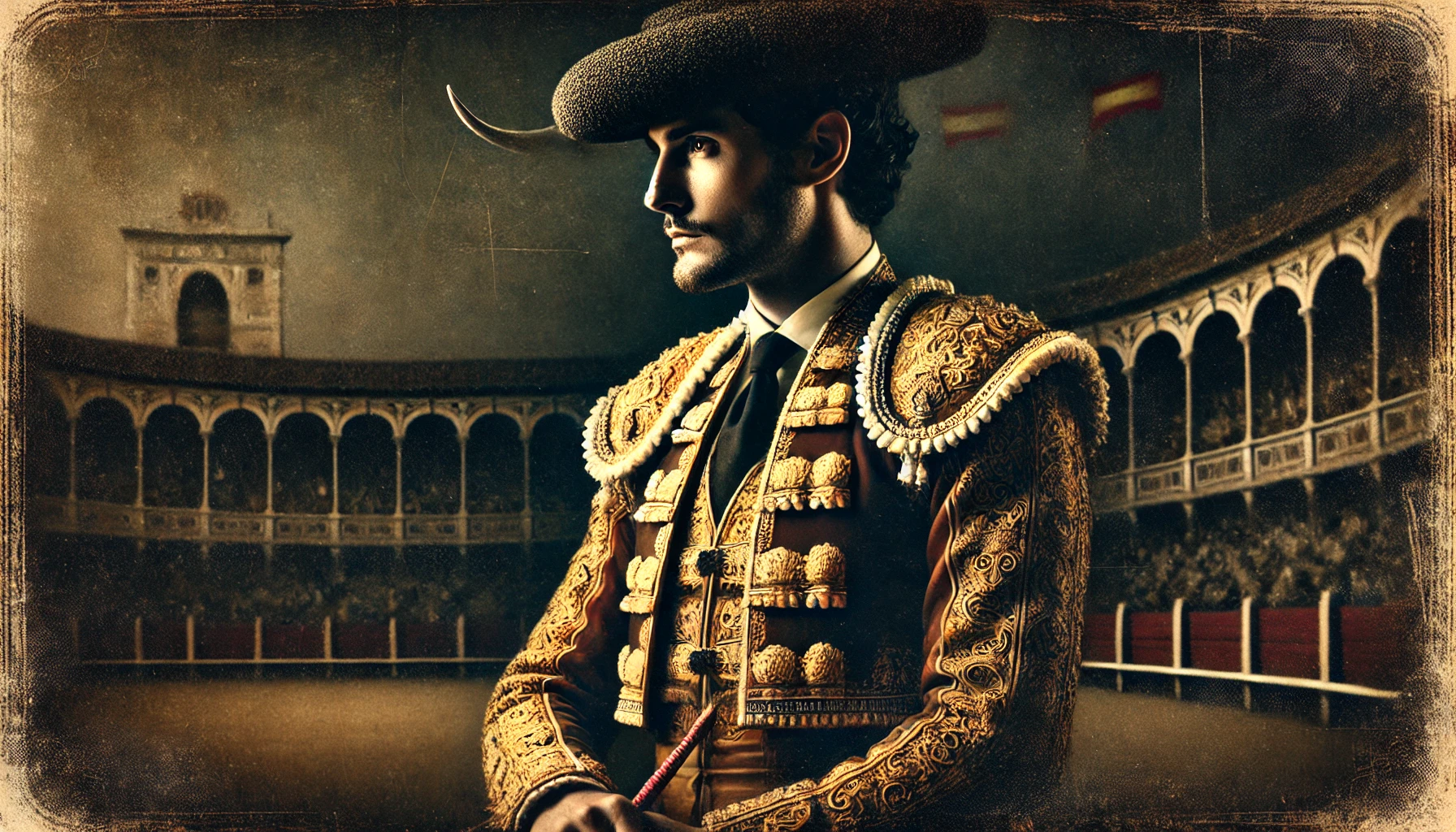Bullfighting, or the art of “tauromaquia,” is a tradition deeply embedded in the cultural heritage of Spain and several Latin American countries. But have you ever wondered who the first bullfighter was? Who was the man who, for the first time, dared to face a bull in a public arena, igniting a passion that endures to this day? To answer this question, we must delve into history and uncover the origins of a figure that would become an icon of bravery and artistry.
The Origins of Bullfighting: From Myth to Reality
The story of the first bullfighter is not a straightforward tale. The earliest records of ritualistic bull combat can be traced back to ancient civilizations such as the Minoans in Crete, where youths would engage in acrobatic feats over bulls. However, what we recognize today as modern bullfighting has its roots in 12th-century Spain. During this period, noble knights practiced their skills by killing bulls as a form of preparation for battle.
But Who Was Truly the First Bullfighter on Foot?
The title of the “first bullfighter” is often attributed to Francisco Romero, a name that echoes through the annals of bullfighting history. Francisco Romero, born around 1700 in Ronda, Spain, is recognized as the first matador to fight bulls on foot, thereby laying the foundation for modern bullfighting. Before Romero, bulls were primarily fought by mounted knights, with the footmen playing a secondary role in the spectacle.

Francisco Romero introduced several innovations that would forever change the face of bullfighting. He was the first to use the “muleta,” the small red cape that is now synonymous with bullfighting, and he invented the curved sword used for the final kill, known as the “estoque.” These elements allowed the confrontation between man and bull to become a direct duel, giving rise to what is known as the “art of toreo.”
The Life of Francisco Romero: From Obscurity to Legend
Francisco Romero’s life is as fascinating as it is shrouded in mystery. It is said that he began his bullfighting career almost by accident, in a small arena in his hometown of Ronda. His bravery and style quickly captured the public’s attention, and as his reputation grew, so did the popularity of bullfighting.
Unlike the mounted bullfighters who preceded him, Romero developed a style based on close contact and control of the bull. His ability to manage the animal on foot, using only the cape and sword, earned him acclaim and the envy of his contemporaries. With each bullfight, he perfected his technique, setting the stage for future generations of bullfighters to follow in his footsteps.
Romero and the Legacy of Ronda: A School of Bullfighters
Thanks to Francisco Romero, the city of Ronda became a focal point for the art of bullfighting. His personal style and technical innovations gave rise to the “Rondeña School,” which would go on to train many illustrious bullfighters, including his own grandson, Pedro Romero, who is considered one of the greatest bullfighters of all time. Pedro elevated his grandfather’s art to new heights, participating in more than 5,000 bullfights without suffering a single serious injury, further solidifying the Romero family’s reputation in bullfighting history.
The Impact of Francisco Romero on Modern Bullfighting
Thanks to Francisco Romero, bullfighting on foot became the centerpiece of the spectacle, transforming the event into an art form that combines risk, grace, and skill. His innovation not only changed the technique but also the public’s perception of the courage and ability required to face a bull directly. Since then, bullfighting has evolved, but the fundamental principles established by Romero remain the cornerstone of modern tauromaquia.


Add a Comment
You must be logged in to post a comment